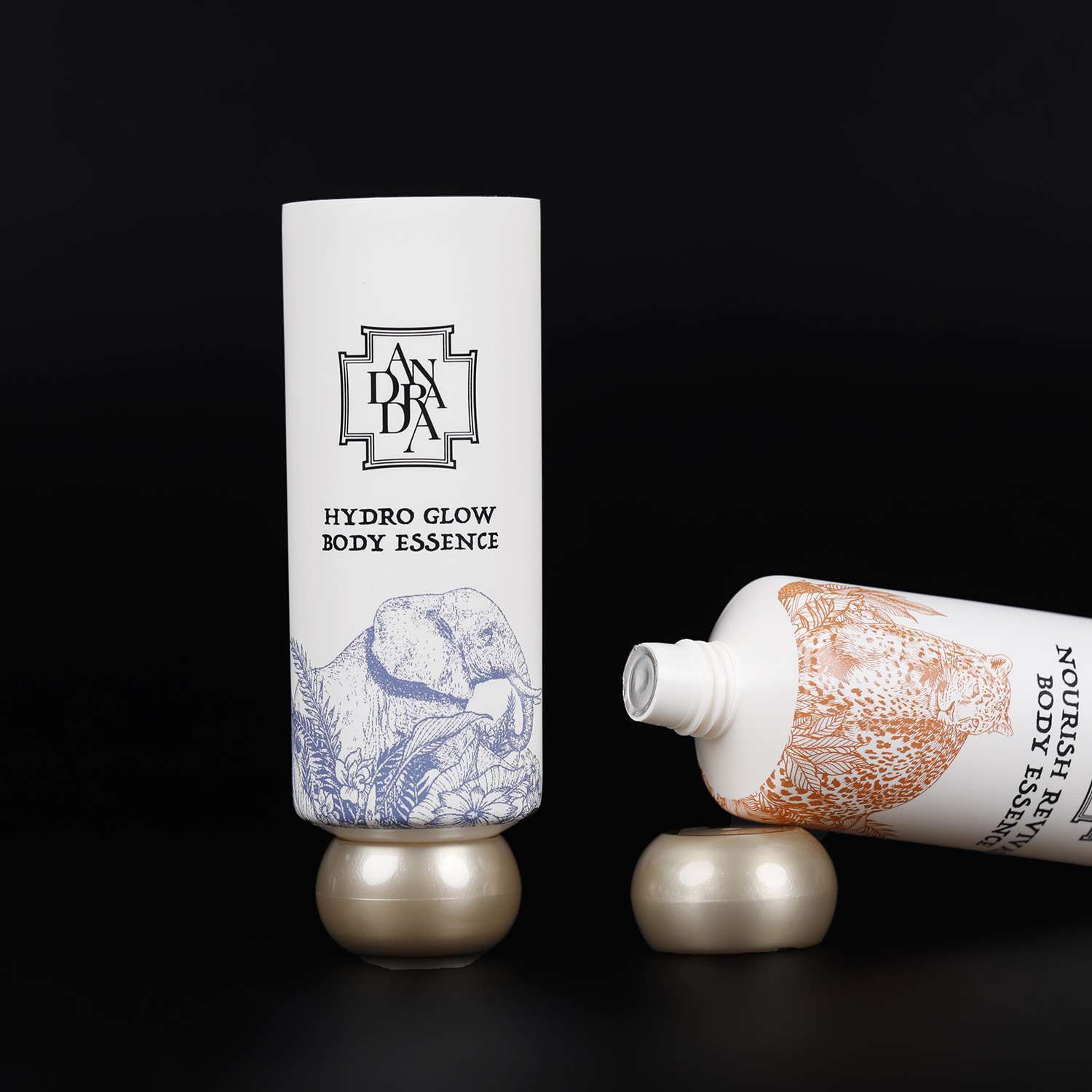

Oct 19,2023
A growing challenge for cosmetic tube is the growing trend among beauty brands towards smaller run sizes and SKU proliferation. More recently, however, corporate cosmetic tubes have become popular among stock packaging options. (Cosmetics compliance should be familiar territory to HVACR professionals, as it follows much the same protocol as pharmaceutical packaging.)
The use of digital printing has become a very effective way for cosmetic tube producers to meet these demands while maintaining product integrity. Collapsible tubes, which require only one stroke when closing and are also used in other applications such as over-the-counter medications, can easily incorporate additional graphics on multiple sides using this technology.
In addition to a single text or digital images, collapsible tubes allow for multi-color as well. (The first use of this technology in an obscenely large 1 oz pressurized container was made by Gerber.)
This is another method that belongs on the long list of best practices but doesn't appear very often at all when discussing cosmetic packaging issues Whether affixed with a glue stick and adhesive or with a sewn stitch, there are times when an end cap is utilized.
While adhesive labeling technology has made great inroads over the years, and these companies offer printing options for virtually any label format imaginable, this method falls by the wayside due to the cost of production. The process renders it unsuitable for large-scale packaging runs or bulk orders that may not justify purchasing all new presses (the standard minimum press size from most adhesive labels is 48 units).
For example, the use of letterpress technology adds a one-time cost to this scenario. In lieu of affixation printing on tubes, let's look at what other operations could be performed with two presses in tandem and how that solution allows for additional flexibility over typical single-sided press solutions (see image below). Specify tube diameter up to 30 mm Tips Build smaller capacity Internal 'pocket' is designed for bottom wraps;
Cosmetic Tube Decoration in the Future While the question of what will be printed on the cosmetics tube is far from resolved, it certainly seems that an end cap is almost a requirement these days.
For compressed cream or gel containers, in particular, we can expect to see encasements and even cap applicators integrated with small label printers by 2015 according to webBizLab's Michael Seamus McCarthy. Until then, end caps are simply going to continue being produced "the way they have always been" according to Alex McCulloh, who works for Mountain State Packaging.
He's alluding to advancements in tube technology including curving ends and these new plastic tubs look nothing like the plastic tubes of 2013. According to McCarthy, designers will likely want a way of concealing most or all open-ended necks involved in cosmetic applications such as creams that require tube removal by hand.
Cosmetic lovers might find this an interesting opportunity if they don't mind the additional responsibility of dealing with tubes themselves. How much would you pay to have a tube maker come out and push your hubcap into place on your wheel? Is it relatively easy to push a straight-sided tube in place?
From the left: Tango, Corvus, VivoShop, and Poppin. A new soft gel peanut butter from a LITE retail brand can be squeezed or manipulated into shapes thanks to slight variations in wafer thickness by The Double Dutch.
Read more :
How Do You Fill A Cosmetic Tube?